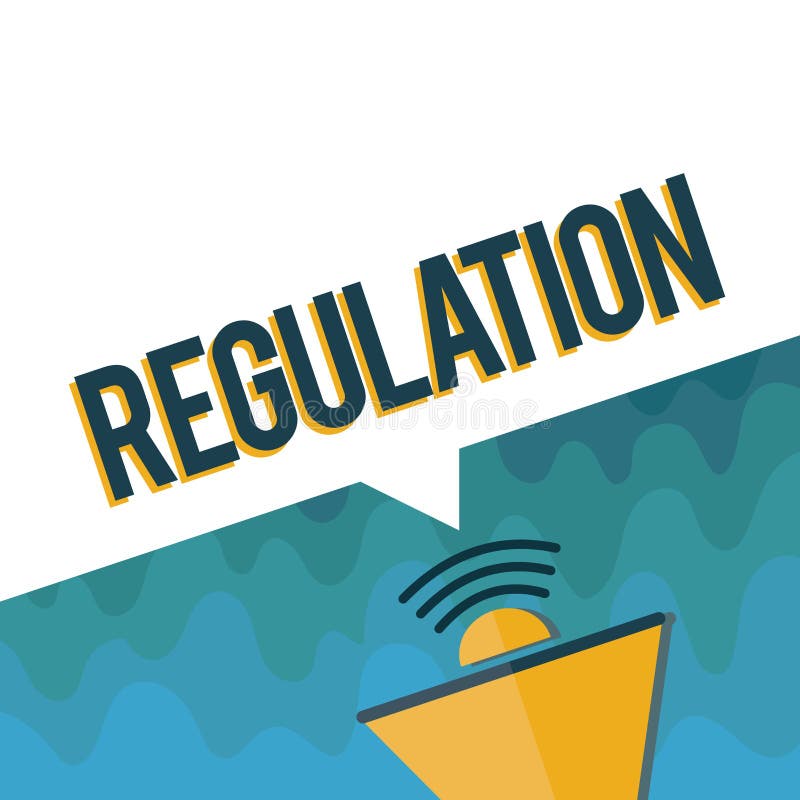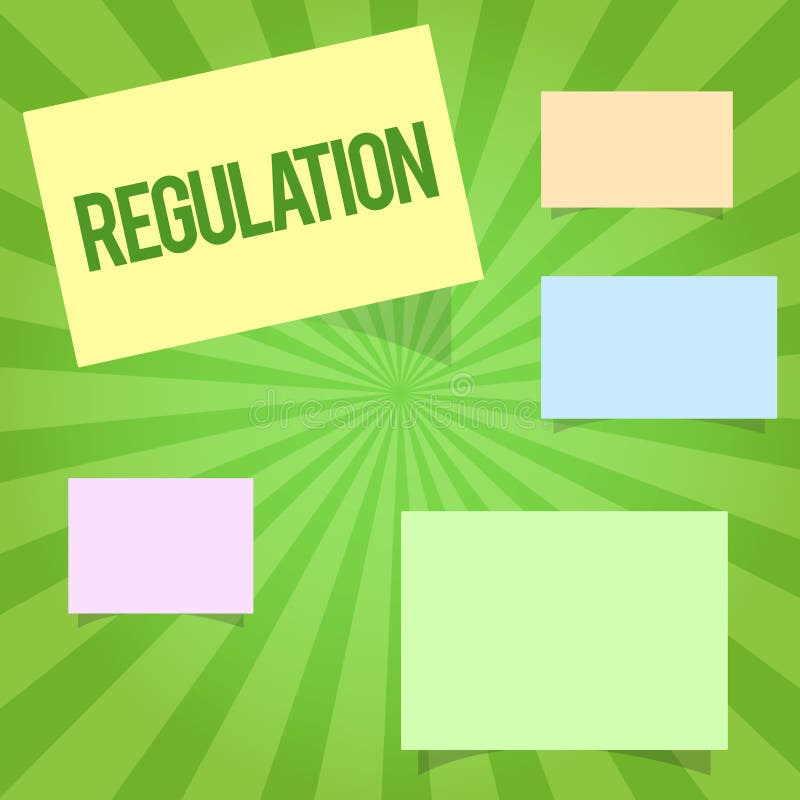Regulation Non-Dot Meaning
Regulation Non-Dot Meaning: Understanding the Importance of Rules and Laws
1. Regulation: A Cornerstone of Modern Societies

Regulation is an essential aspect of any functioning society. It encompasses a set of rules, laws, and directives that are made and maintained by authorities to ensure order, safety, and fairness. In this article, we delve deep into the meaning of regulation, its significance, and various forms in which it manifests.
2. Understanding the Implications of Regulation

Regulation plays a pivotal role in numerous domains, from business and finance to healthcare and the environment. It establishes norms and standards that govern the conduct of individuals, organizations, and industries. By exploring the implications of regulation, we gain insight into its impact on different stakeholders and society as a whole.
3. Types of Regulation and Their Functionality
Regulation comes in various forms, each tailored to address specific needs and challenges. Here, we explore some of the common types of regulation:
A. Economic Regulation
Economic regulation refers to the rules and policies introduced by governments to oversee market activities, promote competition, and protect consumer interests. It ensures fair business practices, prevents monopolies, and fosters economic stability.
B. Environmental Regulation
Environmental regulation focuses on safeguarding the natural environment by setting standards and guidelines that regulate pollution, waste management, conservation, and sustainable practices. It aims to mitigate the impact of human activities on ecosystems and promote a greener future.
C. Social Regulation
Social regulation encompasses laws and regulations that aim to promote public welfare, protect individual rights, and maintain societal order. It covers areas such as healthcare, education, labor rights, and public safety.
Frequently Asked Questions (FAQs)
Q1: Why is regulation important in business?
Regulation is vital in business as it establishes a level playing field, ensures fair competition, protects consumers from fraud and exploitative practices, and promotes market stability. It ensures that businesses operate ethically and responsibly.
Q2: How does regulation protect the environment?
Environmental regulation sets guidelines and standards for industries, encouraging them to adopt eco-friendly practices, reduce pollution, conserve natural resources, and minimize their impact on the environment. It helps preserve our ecosystems for future generations.
Q3: What are the consequences of non-compliance with regulations?
Non-compliance with regulations can lead to severe consequences, including financial penalties, legal actions, reputational damage, and even the suspension or closure of businesses. Adhering to regulations is crucial for maintaining trust and integrity in any industry.
In conclusion, regulation serves as the backbone of modern societies, providing structure, fairness, and protection. By understanding its meaning and implications, we can appreciate the importance of adhering to regulations in various aspects of our lives. Whether it pertains to business practices, environmental protection, or societal welfare, regulations shape our present and future.
Three Dots Tattoo Means “my Crazy Life” In Prisoners Language | Dot
 Image Source : www.pinterest.co.uk
Image Source : www.pinterest.co.uk Made Regulation (meaning Word) - Brainly.in
 Image Source : brainly.in
Image Source : brainly.in Regulation Meaning - YouTube
 Image Source : www.youtube.com
Image Source : www.youtube.com meaning regulation abstention demonym education evergreen
Regulation Law Standard Corporation Document Requirement Stock Vector
 Image Source : www.dreamstime.com
Image Source : www.dreamstime.com obligation regulation limitando juridisch regolamento handwriting schuld directive maintained zustand handschriftstext springend moralisch tun konzeptbedeutung verpflichtung scrittura significato qualcosa debito
Meaning And Examples Of The Color Of Law Regulation They Didn't Tell
 Image Source : pagedesignweb.com
Image Source : pagedesignweb.com regulation law examples
Solved What Is The Meaning Of The Phrase "dilemma Of | Chegg.com
 Image Source : www.chegg.com
Image Source : www.chegg.com Handwriting Text Writing Regulation. Concept Meaning Rule Law Or
 Image Source : www.dreamstime.com
Image Source : www.dreamstime.com handwriting directive maintained regolamento handschriftstext regelung berechtigung erlassen konzeptbedeutung richtlinie aufrechter scrittura illustrazioni
Android 12 Green Dot Meaning - BlogTechTips
 Image Source : www.blogtechtips.com
Image Source : www.blogtechtips.com Obligation regulation limitando juridisch regolamento handwriting schuld directive maintained zustand handschriftstext springend moralisch tun konzeptbedeutung verpflichtung scrittura significato qualcosa debito. Three dots tattoo means “my crazy life” in prisoners language. Regulation meaning. Meaning regulation abstention demonym education evergreen. Android 12 green dot meaning